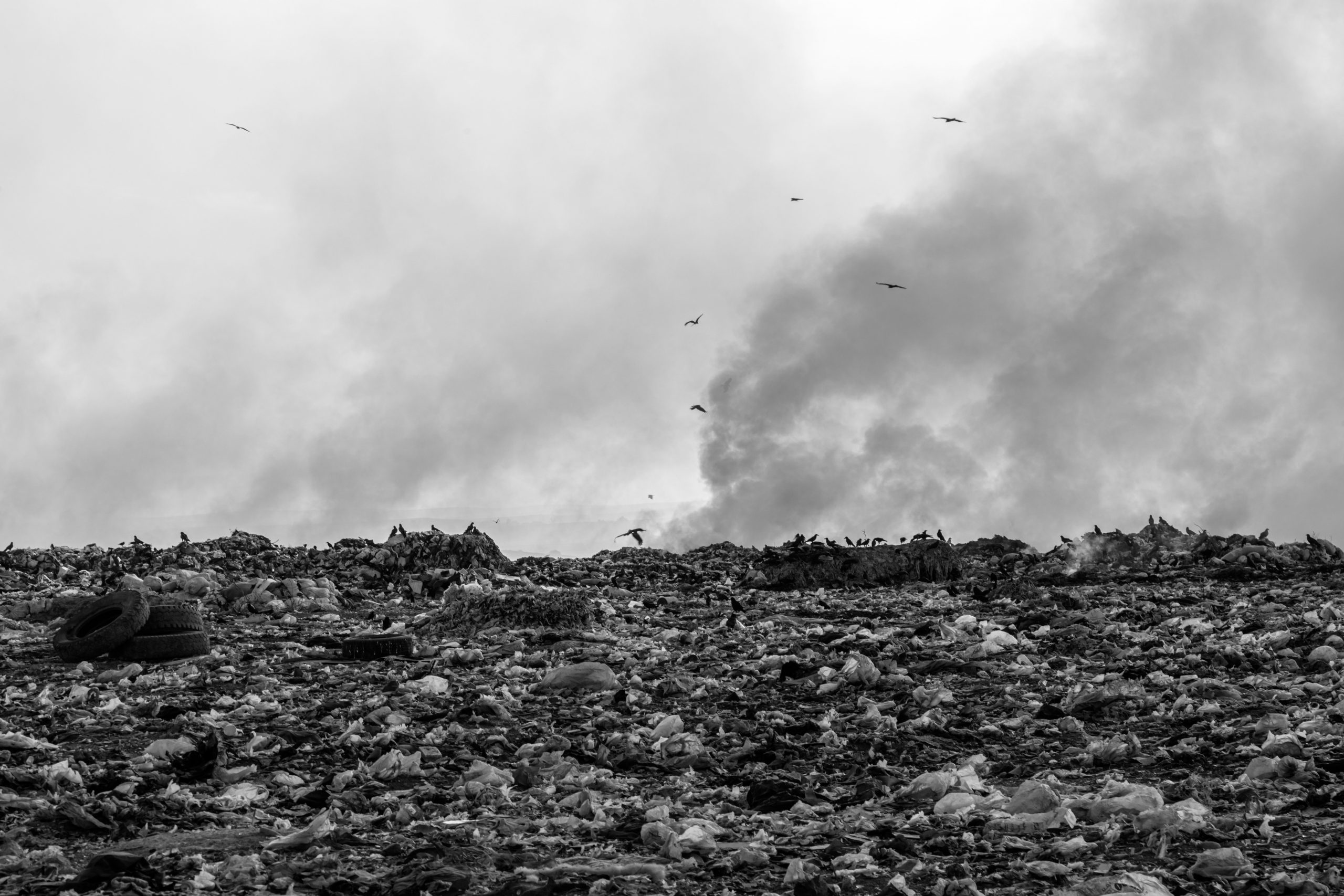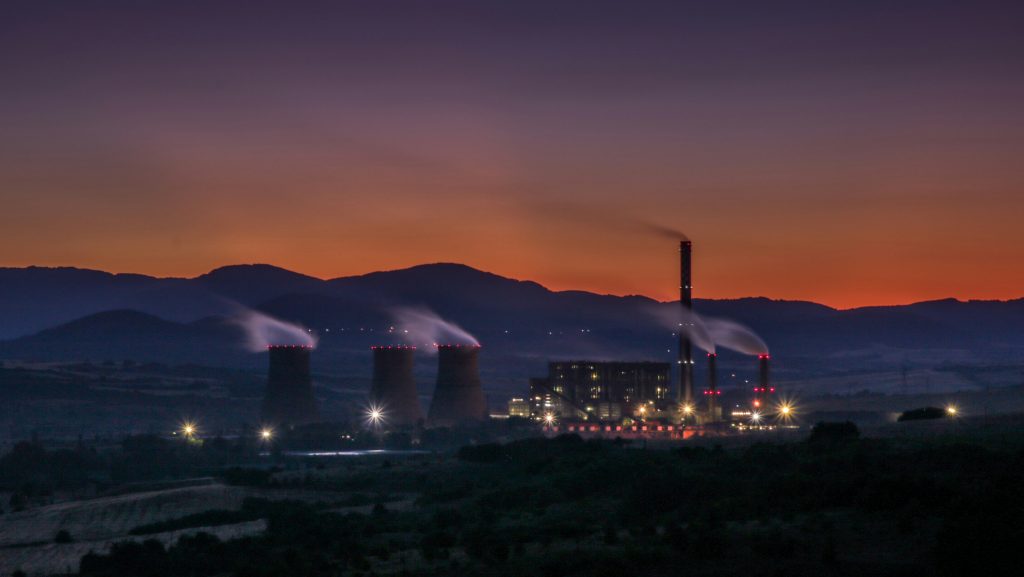As the world continues to battle the pressing issues of climate change, energy efficiency has become one of the key solutions for reducing greenhouse gas emissions. One of the most effective and accessible ways to contribute to this effort is by switching to energy-efficient LED lighting. But beyond just lowering electricity bills, did you know…
Category Archives: Carbon Credits
Agriculture is one of the most important sectors globally, providing food security and supporting livelihoods. With climate change and environmental sustainability becoming critical global concerns, innovative solutions are needed to improve agricultural practices. One such practice, particularly used in rice farming, is the Alternate Wetting and Drying (AWD) technique. Monitoring these fields to ensure optimal…
In recent years, the urgency to combat climate change has catalyzed innovative agricultural techniques aimed at reducing greenhouse gas emissions. One such technique is the Alternate Wetting and Drying (AWD) method in rice cultivation. This article explores how satellite technology is revolutionizing this age-old practice, turning rice fields into significant players in the carbon credit…
Introduction Vietnam is making significant strides in the global fight against climate change through its expanding portfolio of carbon credit projects. As the world pivots towards renewable energy solutions, Vietnam’s commitment is reflected in the notable increase in both registered and certified carbon credit initiatives across the country. A Growing Presence in the Carbon Market…
Introduction The Joint Crediting Mechanism (JCM) is a pioneering approach to achieving global emissions reductions through bilateral cooperation. Established to facilitate the transfer of green technology from developed to developing nations, JCM helps participating countries achieve their emission reduction targets effectively. As a leader in sustainable development, I-REC and carbon credit solutions, GreenUP supports initiatives…
Introduction Carbon credits are a critical tool in the global effort to combat climate change, allowing businesses and individuals to offset their carbon emissions by investing in environmental projects around the world. However, the effectiveness and credibility of these credits hinge on a rigorous certification process. This certification ensures that each credit represents a genuine,…
Introduction Waste-to-Energy (WtE) projects represent a critical intersection of waste management and renewable energy production. By transforming the organic and inorganic waste materials that would otherwise populate landfills into various forms of energy, these projects offer a pragmatic solution to the dual challenges of waste surplus and energy scarcity. WtE technologies such as combustion, gasification,…
Introduction Cookstove credits are a form of carbon credit specifically designed to support the distribution and use of clean and efficient cookstoves in developing regions. These credits are generated through projects that replace traditional, inefficient, and polluting cooking methods (like open fires or basic stoves using solid fuels) with cleaner technologies. This article explores the…
Introduction In the fight against climate change, achieving carbon neutrality stands as a critical milestone for organizations worldwide. Carbon neutrality means balancing emitted carbon with an equivalent amount removed from the atmosphere, essentially reducing the net carbon emissions to zero. In response to this urgent need, the United Kingdom developed PAS 2060 by the British…
Introduction Climate change represents one of the most significant challenges of the 21st century, with carbon emissions being a major contributor to this global issue. In response, innovative strategies such as carbon offset and carbon inset have been developed to combat the growing carbon footprint of individuals, corporations, and nations alike. These methods provide a…
















